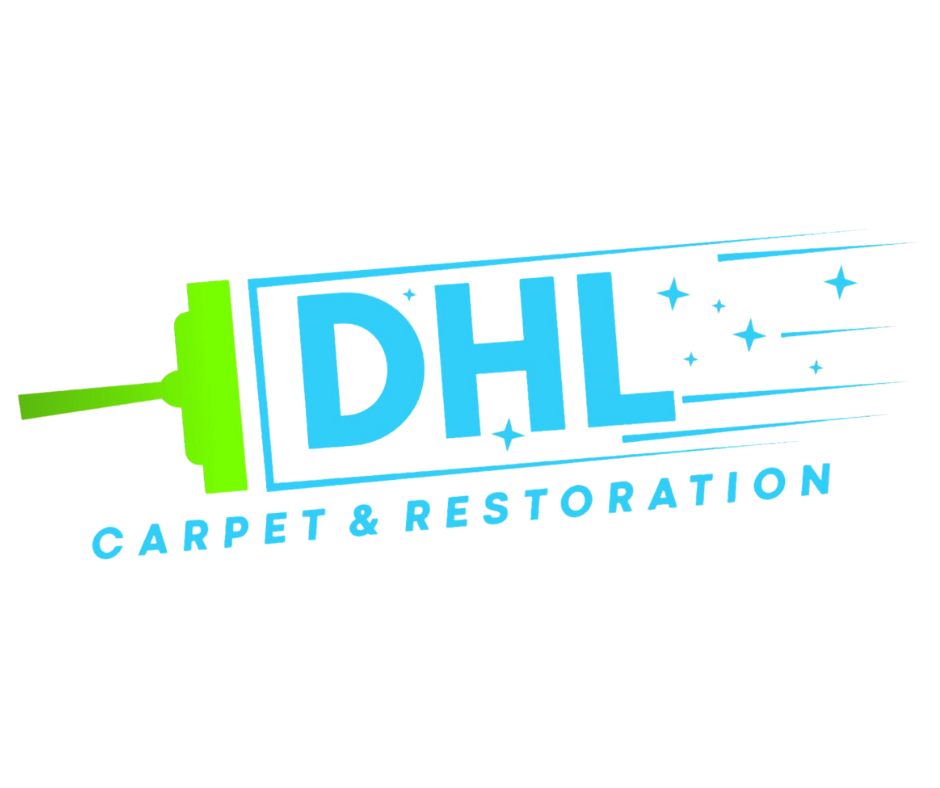A fire can be one of the most devastating events a property owner ever faces. Beyond the visible destruction, fires leave behind smoke, soot, and structural instability that make the environment unsafe long after the flames are extinguished. That’s where professional Fire Damage Restoration plays a vital role. It not only helps rebuild your property but also restores safety, health, and peace of mind after a disaster.
The Immediate Hazards After a Fire
Even after a fire has been put out, the dangers don’t end. Structural damage, weakened support beams, and unstable ceilings can pose serious risks. Additionally, soot and smoke residues contain hazardous particles that can affect your health if not properly removed. Effective fire and smoke damage restoration addresses these hazards through careful assessment, cleanup, and repairs to ensure your property is safe to occupy again.
Structural Stability and Safety Checks
One of the first steps in any Fire Damage Restoration process is evaluating the integrity of the building. Fire can weaken wood, steel, and concrete—materials that are critical to your home’s framework. Restoration specialists identify and reinforce compromised structures, removing debris and securing unsafe areas to prevent further collapse or injury.
Smoke and Soot Removal
Smoke may seem like a cosmetic issue, but it’s far from harmless. Tiny soot particles cling to walls, ceilings, and ventilation systems, continuing to release toxins into the air. This can lead to respiratory problems, skin irritation, and lingering odors. Smoke odor removal and soot cleaning services are essential parts of the restoration process, using specialized tools and filtration systems to purify the environment and restore indoor air quality.
Water Damage from Firefighting Efforts
Water used to extinguish the fire can lead to secondary issues like mold growth and structural moisture damage. Wet flooring, drywall, and insulation become breeding grounds for bacteria if not quickly addressed. That’s why fire and water restoration services are often combined—extracting standing water, drying surfaces, and preventing long-term problems through professional mitigation techniques.
Cleaning and Sanitization of Affected Areas
Once debris and contaminated materials are removed, the affected areas must be thoroughly cleaned and disinfected. This step eliminates hazardous residue, reduces lingering smells, and creates a safe, habitable space. Specialized cleaning agents target biological and chemical contaminants that standard household cleaners can’t handle. Deep cleaning and sanitization are crucial to ensuring that your home is not just rebuilt—but truly restored.
Restoring Indoor Air Quality
Smoke damage isn’t just about smell—it’s about safety. Microscopic smoke particles can infiltrate HVAC systems and continue circulating harmful substances long after the fire. During Fire Damage Restoration, air scrubbers, HEPA filtration, and ventilation support are used to remove pollutants from the air, helping your family breathe easier in a cleaner, safer environment.
Emotional Recovery and Peace of Mind
Disasters affect more than structures—they impact lives. Returning to a home that’s been professionally cleaned, deodorized, and restored helps reduce stress and rebuild a sense of normalcy. Knowing that your home is safe again offers the peace of mind needed to move forward. Emergency fire restoration isn’t just about construction—it’s about healing.
Final Thoughts
Fire damage can feel overwhelming, but with the right response, recovery is possible. From structural repairs and smoke removal to air purification and sanitization, professional Fire Damage Restoration restores more than just your property—it restores safety, stability, and a sense of home. Taking action quickly after a fire ensures that every hazard is addressed, and that your home becomes a safe haven once again.

